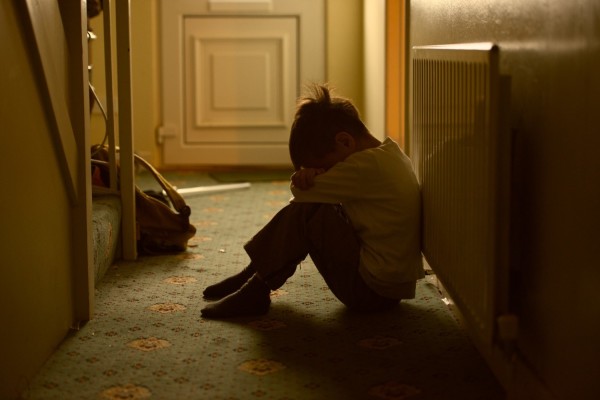Nuclear Disaster Uproots Fukushima Baptist Church
As radioactive water leaks from a quake-damaged power plant off the coast of Japan, a local congregation attempts to make sense of the disaster.
Two weeks ago, the Rev. Akira Sato evacuated his flock from the Fukushima First Baptist Church, three miles away from the Fukushima Daiichi nuclear power plant. For the tight-knit community, abandoning the church building was a blow because American missionaries had started the church long before the nuclear plant was built in the 1960s.
"Will we ever be able to worship in our church again, or will the town simply be abandoned?" Sato asked in his March 13 diary entry. Since the journey began, Sato kept a day-to-day journal chronicling his church's day-to-day ordeal, which he likened to the biblical account written in the Book of Exodus.
"Like the Israelites in the desert, all we can do is follow God as He leads us with pillars of fire and clouds," Sato philosophically wrote of his flock's journey.
The senior pastor's diary attracts attention online because it offers a rare glimpse into the disaster from a Christian perspective.
For days, Sato crowded in a makeshift shelter with 50 members of his congregation at a church in Yonezawa, roughly 60 miles away. Most of the congregants had chosen to settle with friends and family living in other parts of the country.
Nevertheless, those staying in the shelter were thankful for the aid supplies that included food and clothes from anonymous donors.
"Brothers and sisters are bringing us food and clothing from all over Japan," Sato wrote. "I feel like Elijah, sustained by God with food carried by a raven."
On March 11, a 9.0-magnitude earthquake generated a tsunami that wiped out some coastal communities along Japan's coast. According to Japan's National Police Agency, nearly 12,000 people have been confirmed dead while over 15,400 are still missing.
In his diary, Sato recorded miraculous stories of survival amongst members of his church. A male congregant had a heart attack immediately after the earthquake, but somehow had access to surgery that saved his life. A woman from his church was swept up in the tsunami, but managed to swim away to safety.
Another woman survived by driving away from the waves. Along the way she picked up a stranger, who saved both of their lives by directing her around cracks on the damaged road.; many drivers were not as fortunate when their cars got stuck.
Following the earthquake, the Fukushima Daiichi plant was rocked by three explosions that damaged the primary and back-up systems used to cool nuclear fuel in six reactors and their respective spent fuel pools. The resulting overheating of nuclear fuel released radioactive material into the air, soil and water.
Radioactive particles, which in larger quantities cause cancer in humans, were reported in spinach and raw milk in nearby prefectures that resulted in a ban on all agriculture products from affected regions.
Responding to the crisis, the government ordered 62,000 people living within a 20-30 km radius to stay indoors. An additional 78,000 people, including Sato and his congregation, fled from the area closer to the disaster site.
By Saturday, fears over the airborne radiation subsided enough for Japanese Prime Minister Naoto Kan to make an official visit with plant workers and soldiers at the edge of the 20-kilometer evacuation zone.
Earlier in the week, on Thursday, a high concentration of radiation was discovered in seawater near the power plant reviving fears. And staff discovered a 20 cm-wide crack in a concrete pit used to store supply cables near the second reactor on Saturday. On Sunday, workers will try plugging the gap with a type of polymer after Saturday's efforts to fill the crack with concrete failed. The source of the leak has yet to be found.
Recently, workers discovered the bodies of two employees who have gone missing when the tsunami swept the plant. The men were found at the basement of the facility's number four reactor turbine building.
Sickness from radioactive poisoning remains a risk for plant employees attempting to contain the leak. Many Christians in Sato's church are employees at the plant.
"Two days ago, a brother who works at the plant but has been with us, was called back to work," he wrote on March 19. "We prayed together with his family and sent him off. Other church members are working there risking their lives."
Nonetheless, Sato wrote that he marveled "at the strength" of the church members' "faith in the Lord."
"From the 160 members I have been in touch with, all I hear are words like, 'God is great. I want to trust Him as I walk with Him from now on.' I marvel at the strength of their faith in the Lord," he wrote. "Yesterday, three of those who are with us prayed to receive Jesus into their hearts."
It is uncertain if the Fukushima First Baptist Church will ever return to its original home near the power plant. Even so, Sato continually visits members of his flock scattered all over Japan.






















